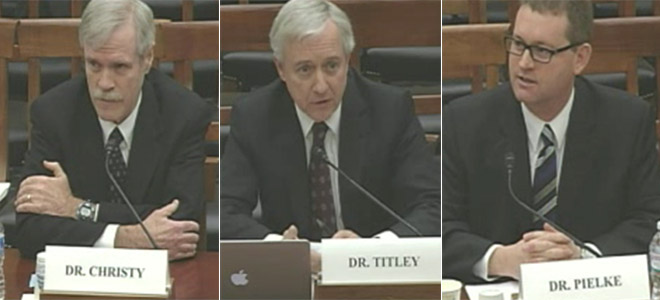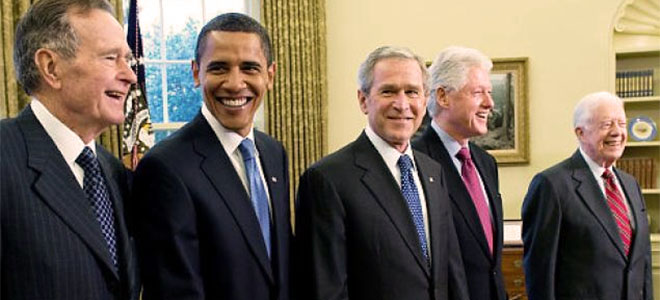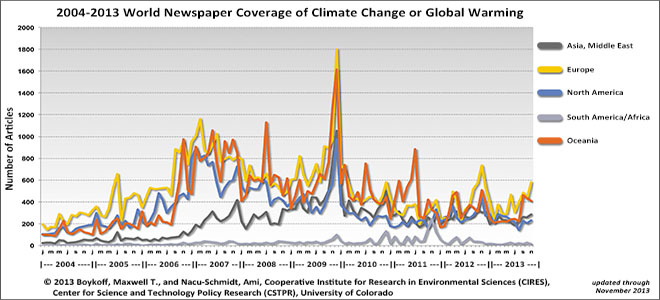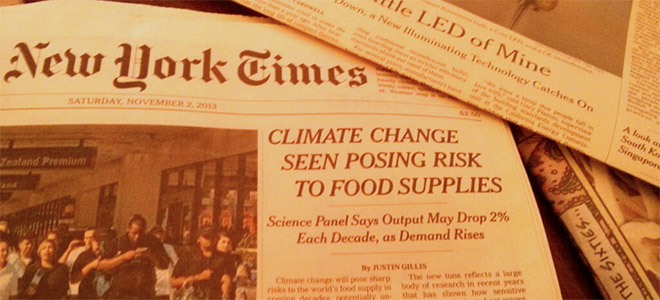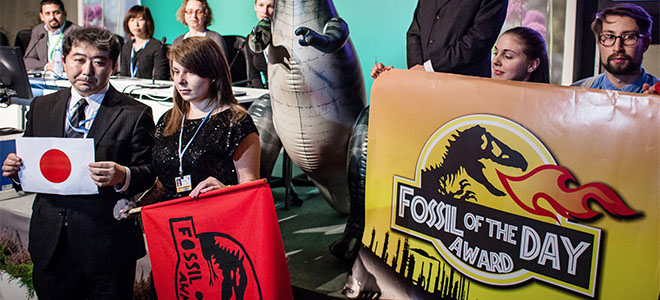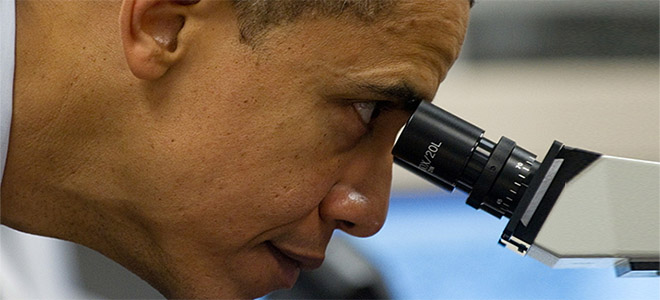
Roger Pielke, Jr. was a guest on Minnesota Public New’s The Daily Circuit Program on “When scientific fact and politics collide”.
When scientific fact and politics collide
The Daily Circuit Live
December 12, 2013
9:06 AM
Listen online.
As Barack Obama prepared to begin his presidency, he promised an administration with policy guided by science, not politics.
“Promoting science isn’t just about providing resources — it’s about protecting free and open inquiry,” he said in his weekly address Dec. 20, 2008. “It’s about ensuring that facts and evidence are never twisted or obscured by politics or ideology. It’s about listening to what our scientists have to say, even when it’s inconvenient — especially when it’s inconvenient. Because the highest purpose of science is the search for knowledge, truth and a greater understanding of the world around us.”
Turns out it’s more easily said than done, as the president has discovered with issues like the environment and the Plan B pill.
Adam Frank, professor of physics at University of Rochester, looked at the relationship between science and policy in a recent blog post for NPR. He refers to Roger Pielke’s book, “The Honest Broker: Making Sense of Science in Policy and Politics,” as he contemplates the issue:
Policies are specific actions that institutions take to reduce uncertainties about the future (i.e., control the world around us). Politics is the horse-trading required to get the actions a given interest group advocates turned into policy. As Pielke demonstrates, when the values of each group differ significantly it will be difficult for science not to become a tool of the political debate.
Frank and Pielke join The Daily Circuit to discuss what scientists and politicians can learn from one another. Listen online.



